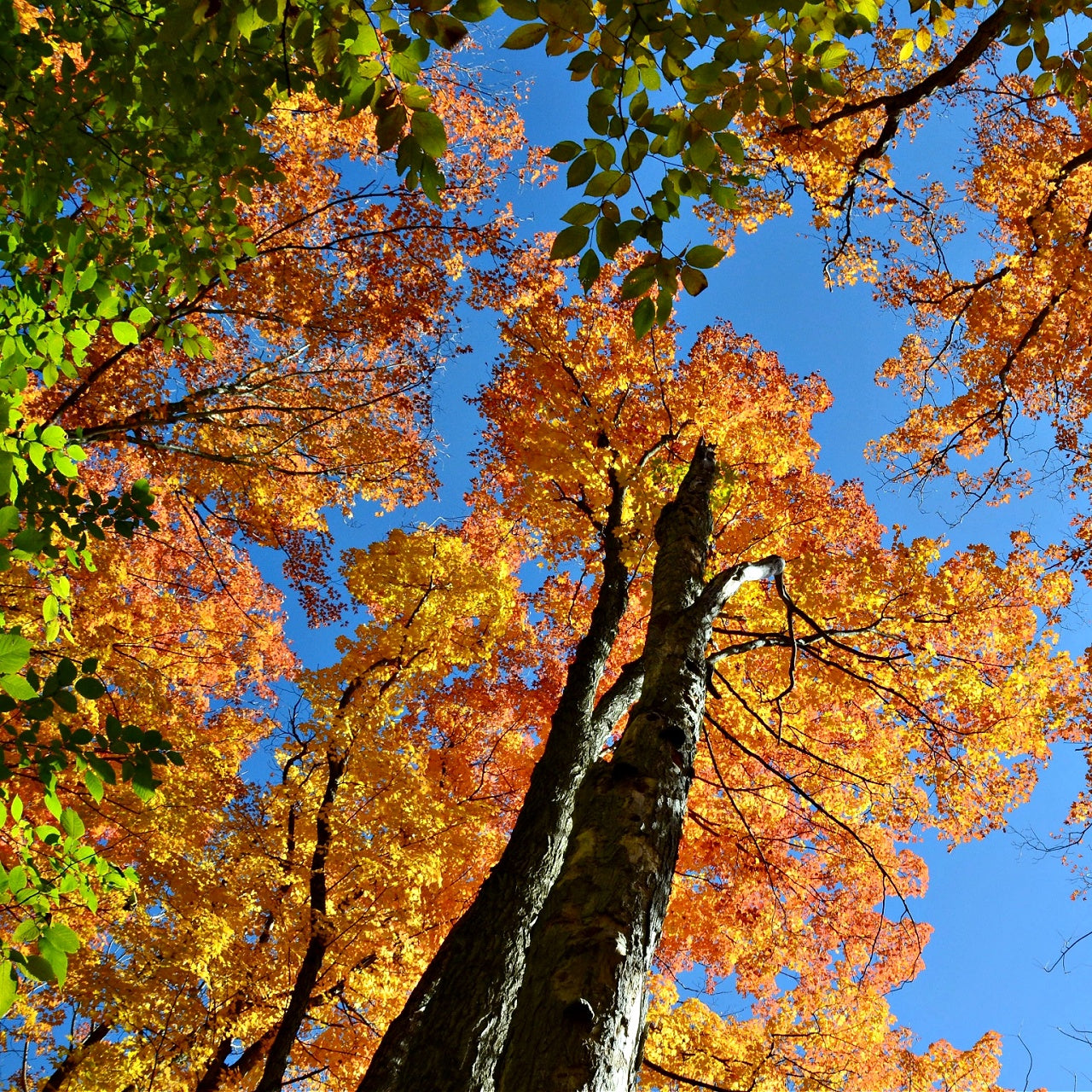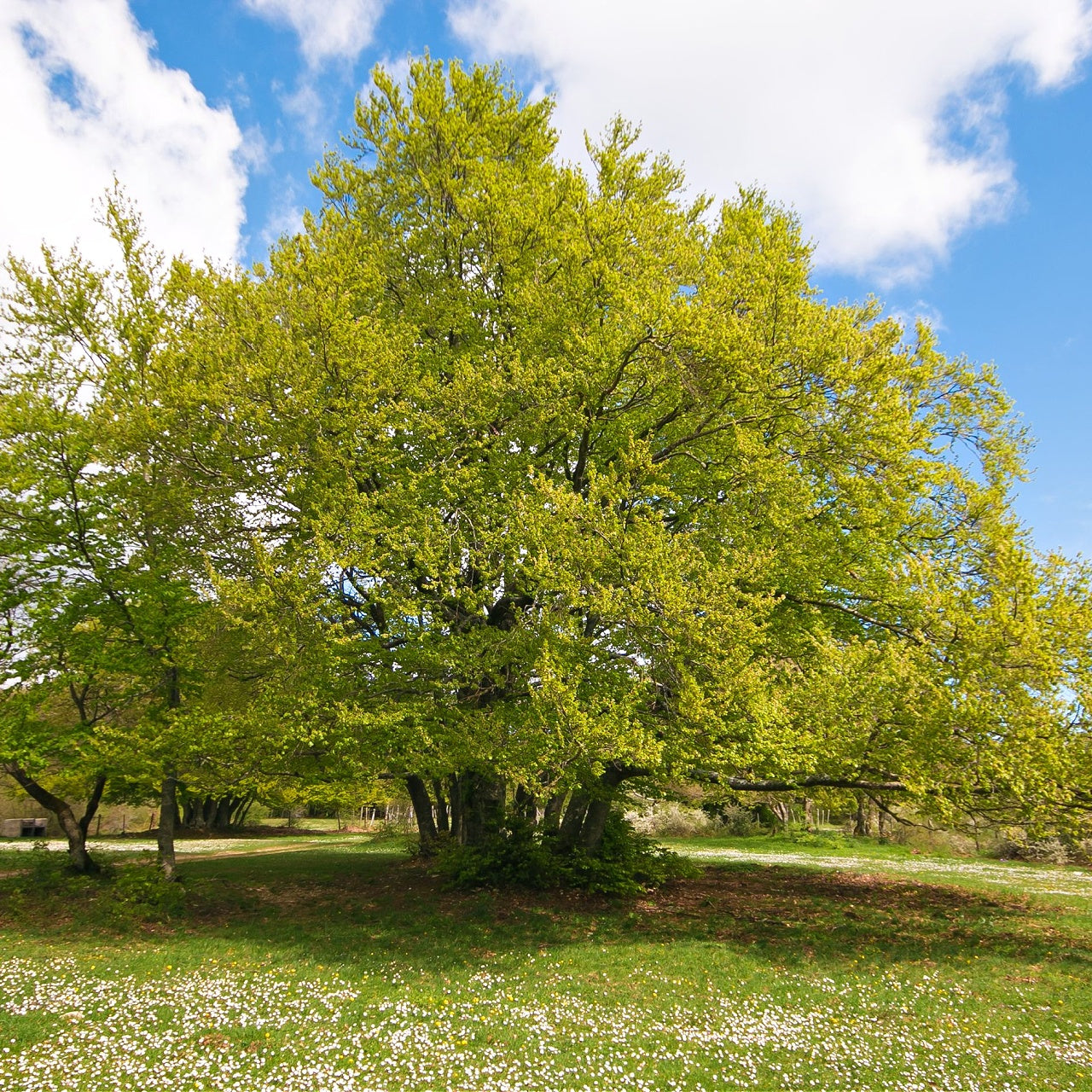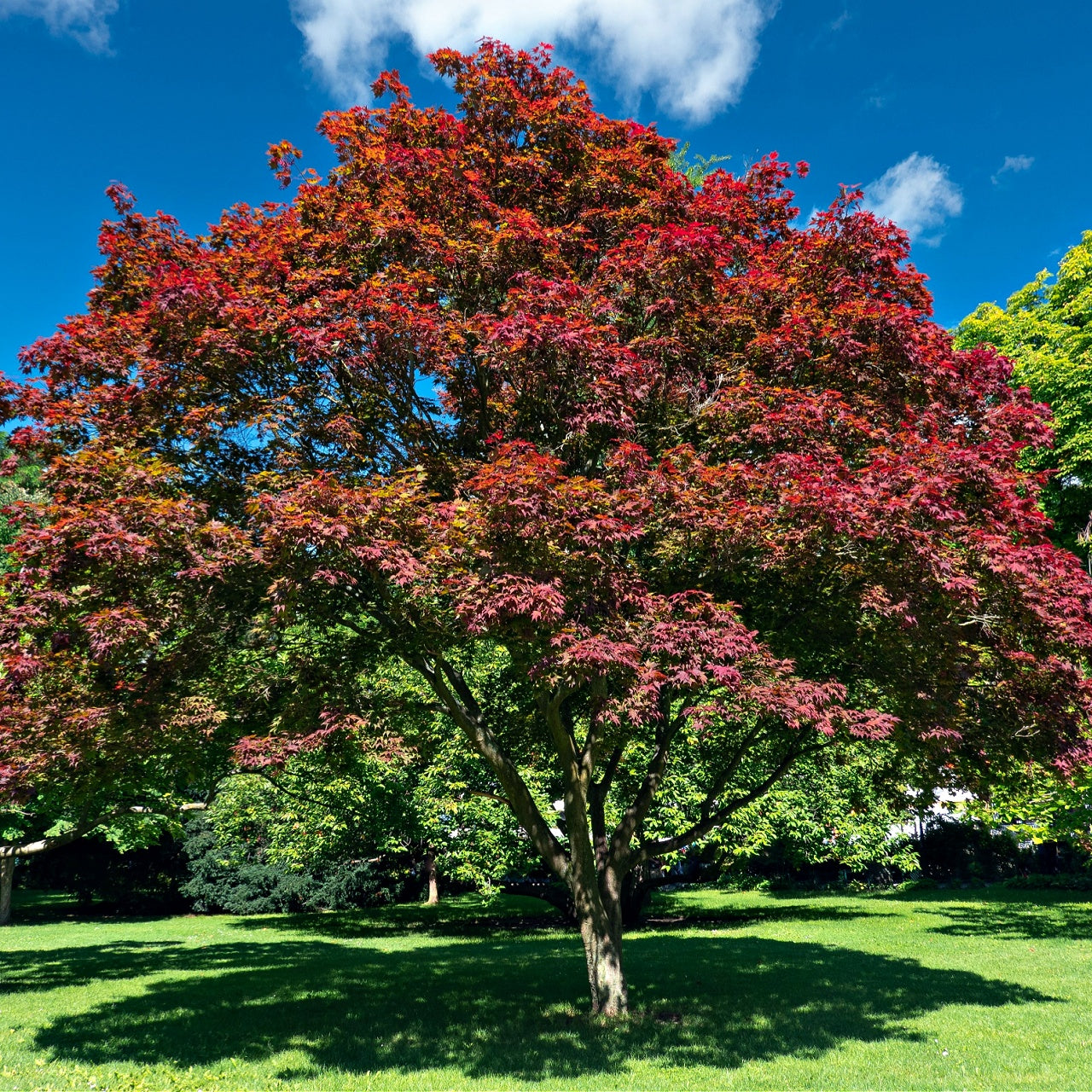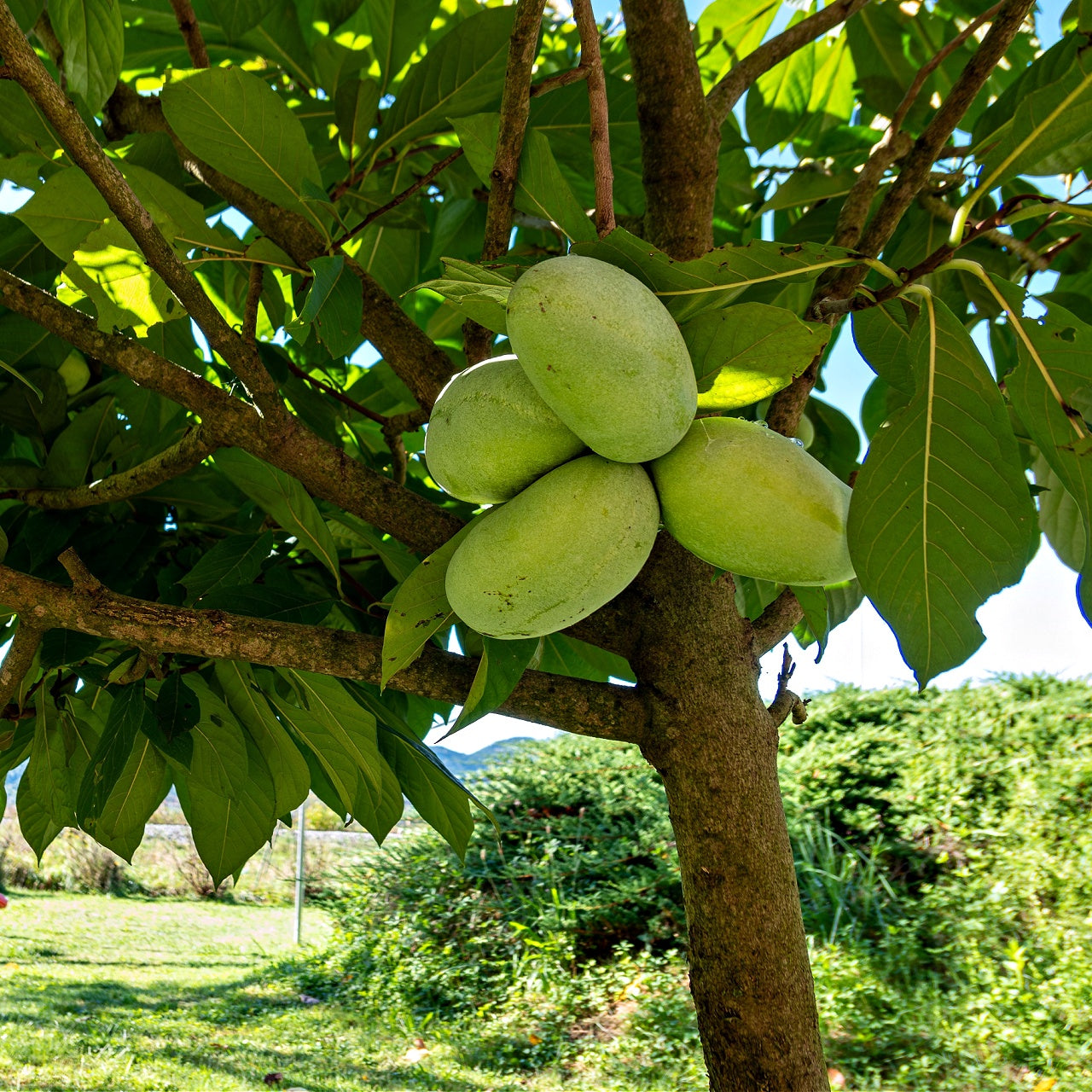
Sustainable Homesteading
Sustainable Homesteading
Best Plants, Shrubs, & Trees To Use When Creating A Sustainable Homestead
Creating a sustainable homestead is a hot topic among people concerned about the environment and securing their independence. Americans enjoy a long-standing tradition of carving out a place of their own, dating back to the first settlers. However, the mountain folk who lived off the Appalachian land remain the most iconic.
Today’s homesteaders emulate the down-to-earth methods used to grow food and keep a modest number of livestock on hand. Although technology provides modern-day people with technological advancements such as solar energy and electrically pumped well water, the vegetation necessary for success has not necessarily changed. Homesteaders can improve their success rates by strategically integrating plants, shrubs, and trees into the land.
Plants That Support A Sustainable Homestead
One common miscues newly-minted homesteaders make stems from only focusing on plants that directly produce food. Robust land management requires a delicate balance of flowering perennials, native grasses, and mosses in deeply shaded areas. If that sounds counterintuitive, consider the following rationale.
Perennial Plants: A thriving food crop requires substantial pollination. Many regions currently suffer a shortage of naturally occurring bee populations. You can increase bee traffic by adding flowers such as Black-Eyed Susan, Daisies, daylilies, and various regenerative wildflowers. Flowering ground covers can also help attract pollinators. If you still lack bees and other pollinators, consider getting a hive.
Mosses: Deeply shaded areas often go underused because people see no apparent homesteading return on investment. That idea appears short-sighted when you consider the benefits of planting moss. This plant life helps prevent erosion from heavy rains and flash floods. Moss also acts as a filter to avoid sometimes tainted rain from getting into the aquifer and your potable water.

Shrubs That Support Homestead Success
Including fruit-bearing shrubs such as blackberry and blueberry bushes, among others, makes perfect sense when planning land use. But like flowering perennials, the blooms of certain shrubs increase the lure of pollinators such as bees, butterflies, and hummingbirds. These rank among the top flowering shrubs for this purpose.
Rhododendron
Rose of Sharon
Trumpet Vine
Honeysuckle
If those don’t strike your fancy, options such as Wisteria, Hydrangea, and Crepe Myrtle may suffice. Shrubs enhance pollination efforts and provide shaded areas for ducks, chickens, and other homesteading animals. When developing a sustainable land use plan, peripheral plants and shrubs act as a support system to help achieve your food and clean water goals.
Best Trees For A Sustainable Homestead To Succeed
It may sound redundant, but many homesteading plans focus almost entirely on trees that produce fruit and nuts. These remain admirable considerations, but success requires the planner to flesh out tree usage. The thought leadership around tree-planting strategies focuses on critical areas, including food production, wildlife habitats, and shade. The following trees highlight how these factors play into the overall homestead plan.
Trees To Promote Habitats: Oak trees rank among the top trees for sustaining native wildlife. Animals such as squirrels, chipmunks, and many others nourish themselves with acorns. Oaktree species also proliferate and spread broadly, providing comfortable shade during hot and sunny days. If you own open land, creating a windbreak around the perimeter may be prudent by planting rows of pine trees for protection.
Trees That Produce Food: Although oak tree acorns qualify, a wide variety of other food sources produce more desirable food. Maple trees offer landowners access to sap that can be converted into breakfast syrup. Paw Paw trees deliver exotic fruits in a suitable climate, even in North America. Homesteaders should also remember that not every nut or fruit tree provides a sound return on investment. Black walnut trees, for example, can hamper vegetable gardens within a throw radius of more than 50 feet. When in doubt, ask a tree nursery professional.
Best Shade Trees: The Weeping Willow is perhaps the most recognizable shade tree. But two factors are more important than ambiance. Consider the soil conditions and its moisture situation before selecting a shade tree. The other factor stems from how quickly you need shade trees to mature. Varieties such as the American Elm and Sycamore cast wide spreads and grow increasingly fast. Shade trees will take the edge off suffering livestock and barnyard creatures. They’ll also give you a place to relax after a hard day’s work.
Developing a sustainable homestead can deliver a down-to-earth lifestyle that ranks among the most rewarding. Bold people who return to the land and leave the stress of busy cities behind often never look back. As professionals who grow sustainable plants, shrubs, moss, and trees, we hope this information proves helpful in your ongoing success.






